How to Update Chipset Drivers for a Fluid Flight Sim Experience.
Knowing how to update chipset drivers is super important to maintain the performance In the world of flight simulators, every ounce of performance matters. Whether you’re banking sharply over virtual mountains in Microsoft Flight Simulator 2024, managing systems in X-Plane 12, or engaging in combat in DCS World, ensuring your hardware is optimized is critical. Chipset drivers are often overlooked in performance optimization, but they play a significant role in how your system communicates with the motherboard and other components.
This guide explores the importance of chipset drivers, explains how to update them, and shows the potential performance gains in flight simulators from using manufacturer-provided chipset drivers instead of generic Windows drivers.
What Are Chipset Drivers and Why Are They Important?
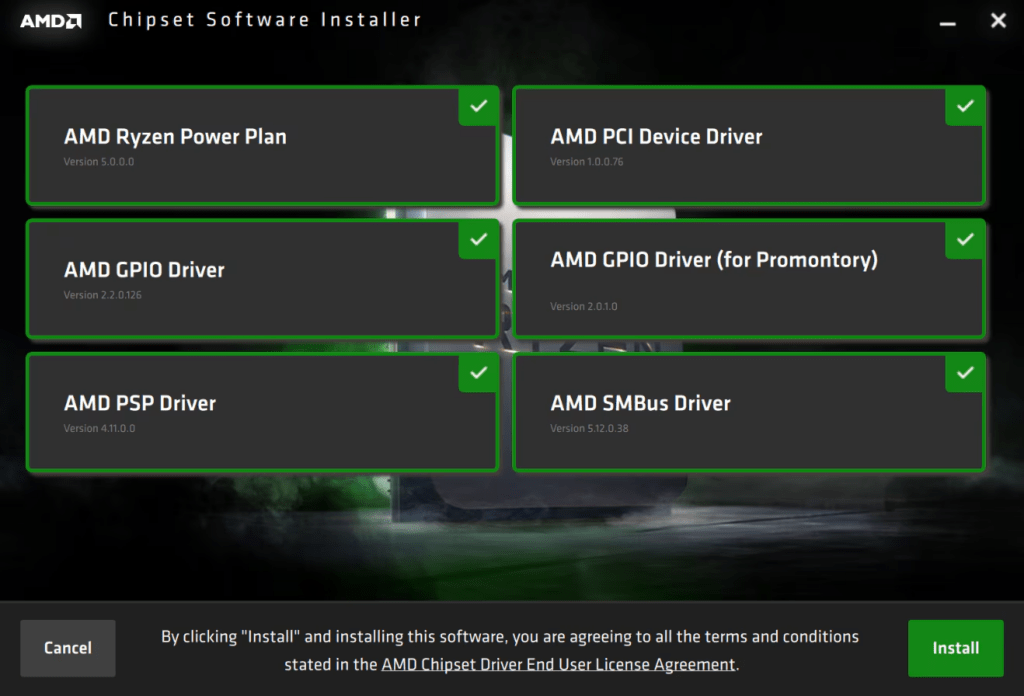
Chipset drivers enable your operating system to effectively communicate with the motherboard, which connects your CPU, RAM, and other components. These drivers include optimizations for the specific architecture of the motherboard’s chipset, facilitating:
- Enhanced Hardware Communication: Ensures that components like USB controllers, PCIe lanes, and SATA interfaces operate efficiently.
- Optimized System Performance: Reduces latency and maximizes throughput across your system.
- Stability and Compatibility: Avoids conflicts and crashes by aligning system operations with the motherboard’s specifications.
When running demanding flight simulators, having updated and optimized chipset drivers can reduce stutters, improve frame times, and ensure stable operation during long simulation sessions.
Chipset Drivers vs. Generic Windows Drivers
Windows comes preloaded with generic chipset drivers that provide basic functionality for most motherboards. However, they lack manufacturer-specific optimizations, which can impact performance.
| Feature | Manufacturer Chipset Drivers | Generic Windows Drivers |
|---|---|---|
| Performance Optimization | Tailored to specific hardware for speed | Minimal optimizations, generic design |
| Power Management | Advanced features like dynamic clocking | Basic power management support |
| Stability | Fine-tuned for the chipset architecture | May cause compatibility issues |
| Driver Features | Full support for all chipset capabilities | Limited support for chipset features |
For flight simulators that push your hardware to its limits, the performance and stability advantages of manufacturer drivers are essential.
- Latest CPU’s Available Now – Amazon.com
- Get a NEW GPU Best Performance – AMAZON.com
- Upgrade RAM Here today – AMAZON.com
- Prebuilt PC Options – AMAZON.com
How Chipset Drivers Vary Between Platforms
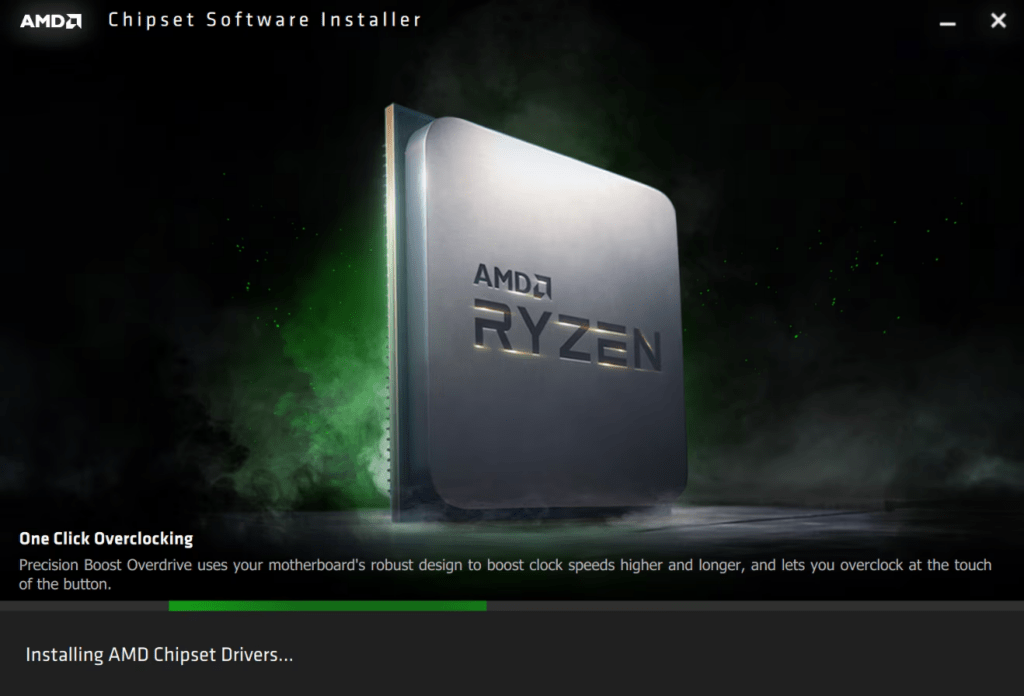
Different CPU and motherboard manufacturers provide their own chipset drivers, reflecting variations in hardware architecture. Here’s a breakdown:
1. Intel Chipsets
Intel drivers optimize the communication between the CPU and other components, particularly with technologies like PCIe and Intel Optane memory.
- Intel Driver Types:
- Intel INF Installation Utility (chipset software)
- Intel Management Engine Interface
- Intel Rapid Storage Technology
2. AMD Chipsets
AMD’s drivers are tailored to support their Ryzen CPUs and the Infinity Fabric architecture that connects cores and memory.
- AMD Driver Types:
- AMD Chipset Driver (core driver package)
- AMD StoreMI (storage optimization)
- Ryzen Master (overclocking and monitoring utility)
3. Motherboard-Specific Drivers
Motherboard vendors like ASUS, MSI, and Gigabyte often bundle their own utilities alongside the chipset drivers, including BIOS settings and fan controls.
How to Download Chipset Drivers
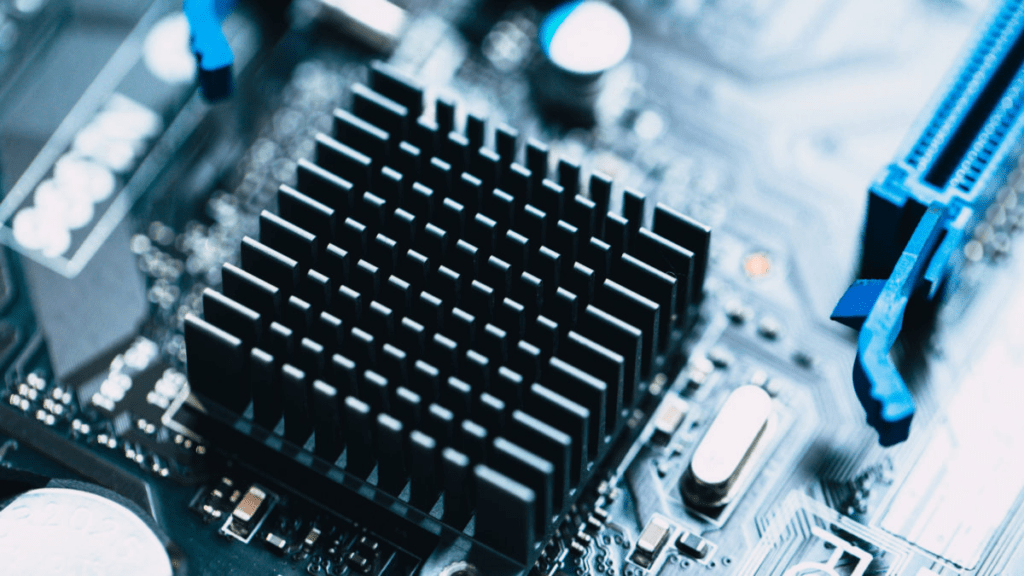
1. Identify Your Hardware
Before downloading chipset drivers, determine your motherboard and chipset model.
- Windows System Information:
- Press
Win + R, typemsinfo32, and press Enter. - Note the motherboard model under “BaseBoard Manufacturer” and “BaseBoard Product.”
- Press
- Third-Party Tools: Tools like CPU-Z can provide detailed chipset and motherboard information.
2. Download from the Manufacturer
- Intel:
Visit the Intel Driver & Support Assistant to automatically detect and download the latest drivers. - AMD:
Go to the AMD Chipset Drivers Page and select your chipset model. - Motherboard Vendors:
Visit the support section of your motherboard manufacturer’s website (e.g., ASUS, MSI) for the latest drivers.
3. Avoid Third-Party Sites
Download drivers only from official manufacturer websites to avoid malware or outdated files.
How to Install Chipset Drivers

Step 1: Prepare Your System
- Backup Your Data: Ensure all critical files are backed up.
- Uninstall Old Drivers (Optional):
- Navigate to
Device Manager>System Devices. - Right-click the chipset driver and choose
Uninstall device.
- Navigate to
Step 2: Install the New Driver
- Run the Installer:
Launch the downloaded driver package and follow on-screen instructions. - Restart Your PC:
A reboot is often required to apply changes.
Step 3: Verify Installation
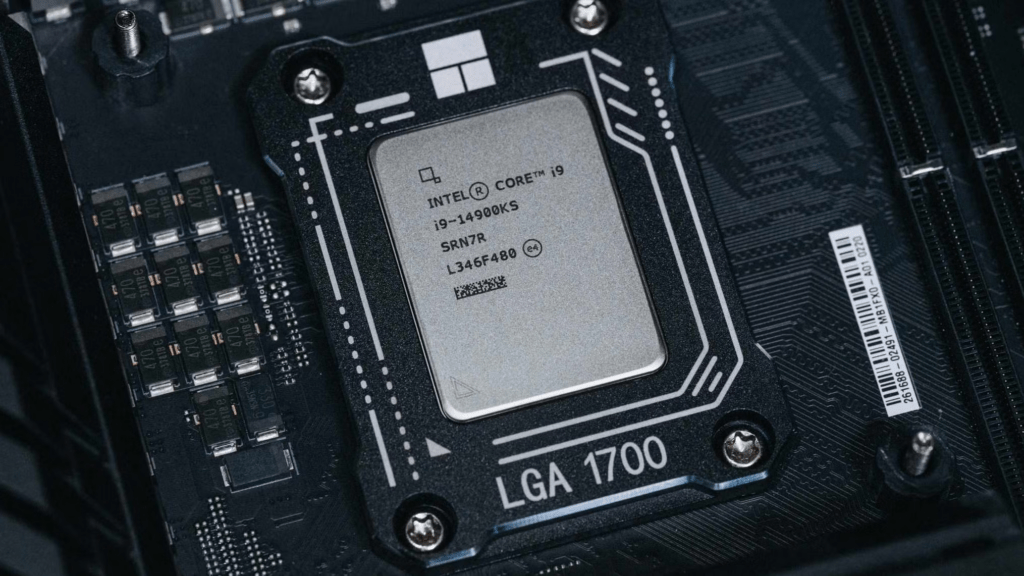
- Open
Device Managerand check underSystem Devicesfor updated driver versions.
Measuring Performance Gains in Flight Simulators
Using manufacturer-provided chipset drivers can lead to tangible performance improvements in flight simulators. Here’s an example comparison:
Test System
- CPU: AMD Ryzen 5800X3D
- GPU: NVIDIA RTX 3080
- RAM: 32GB DDR4-3600
- Simulator: Microsoft Flight Simulator 2024
- Settings: 1440p Ultra
Performance Comparison
| Scenario | Average FPS | 1% Low FPS | System Latency (ms) |
|---|---|---|---|
| Generic Windows Drivers | 52 | 35 | 25 |
| AMD Chipset Drivers | 58 | 42 | 20 |
Graph: FPS Comparison
(Graph illustrating FPS improvement: Generic Windows vs. Manufacturer Drivers)
- X-axis: Driver Type
- Y-axis: FPS
Graph: System Latency Comparison
(Graph illustrating reduced system latency with optimized drivers)
- X-axis: Driver Type
- Y-axis: Latency (ms)

Troubleshooting Chipset Driver Issues
- Installation Errors:
- Ensure compatibility with your OS and chipset.
- Run the installer as Administrator.
- Post-Installation Crashes:
- Roll back the driver via Device Manager if issues arise.
- Check for BIOS updates from your motherboard vendor.
- Inconsistent Performance:
- Ensure all other drivers, especially GPU drivers, are up-to-date.
- Joystick / HOTAS – AMAZON.com
- Rudder Pedals – AMAZON.com
- Throttle Quadrant – AMAZON.com
- Gaming Chair – AMAZON.com
- VR Headset – AMAZON.com
Conclusion
Updating your chipset drivers is a simple yet effective way to enhance your flight simulator experience. By ensuring optimal communication between your hardware and software, manufacturer-provided chipset drivers can unlock performance, reduce latency, and improve stability.

For enthusiasts who demand the best from their simulators, this optimization step should be as routine as updating your GPU drivers or adjusting in-game settings. With the steps and insights provided here, you’ll be well on your way to a smoother, more immersive flight simulation experience.
Author
Brendon McAliece (Aka Gunnie) is a military veteran with 23 years working on Jet Fighters, their weapons systems and ejection seat/module systems as well as munitions and R&D. Involved with flight simulation since the 1980s, he has flown all the major flight simulators over the years.
He is an Australian expat who has lived in Malaysia, UK, Saudi Arabia and more recently Thailand. He is a multi-lingual blogger who loves to share his life experiences here on LetsFlyVFR.com and DreamingGuitar.com, with his lifestyle and Travel experiences Blog plus his Dreaming Coffee website.
Learn More @ DreamingGuitar.com – DreamingCoffee.com – LetsFlyVFR.com
( HOME – BLOG – SHOP – ABOUT )
As an Amazon affiliate I may benefit from qualifying sales.
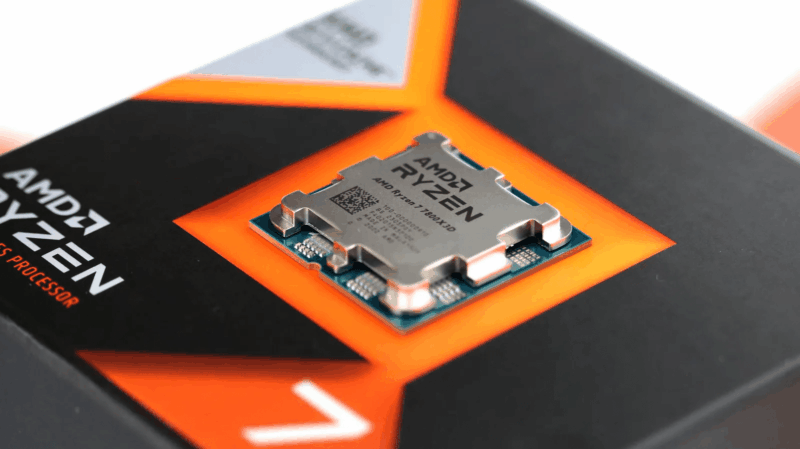









One response to “How to Update Chipset Drivers for a Fluid Flight Sim Experience.”